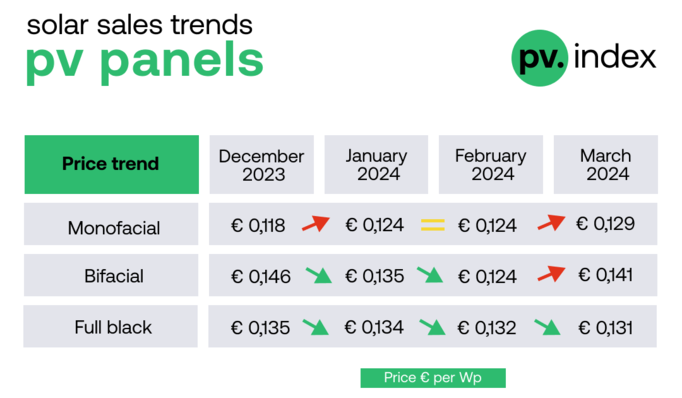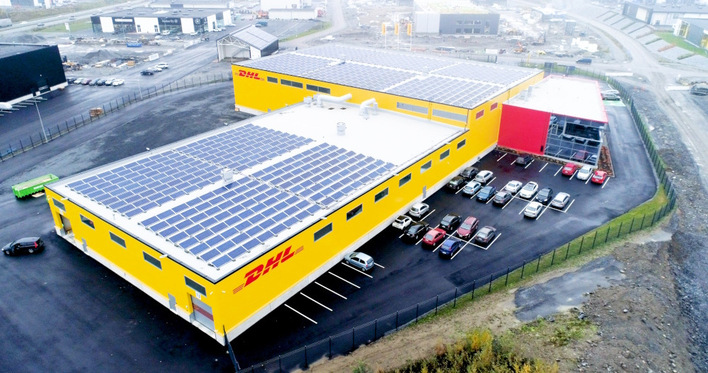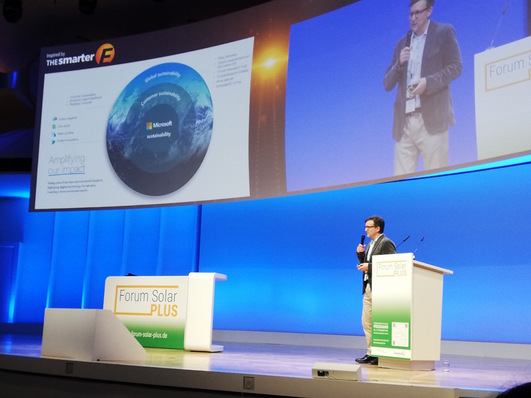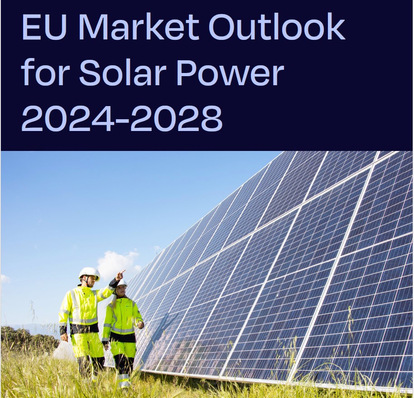The record of 100 GW of installed capacity was broken by photovoltaic systems installed in Germany at the end of December, and around 17 GW went into operation in 2024. But does this mean that Germany's power grids are on the verge of collapse, with the threat of supply interruptions and blackouts? Klaus Müller, President of the Federal Network Agency (BNetzA), gives the all-clear. “Despite a sharp increase in renewable electricity generation, the grids in Germany are still among the most reliable in the world,” he emphasized at the end of January at the “Future Power Grids” conference in Berlin.
Germany – Photovoltaics have broken the 100-gigawatt mark
According to the German Solar Industry Association (Bundesverband Solarwirtschaft, BSW-Solar), the risk of overloading the power grid due to excess solar power, a temporary imbalance in the grid or even a blackout is very low. This assessment is also shared by the scientific community.
Policymakers and industry would taken timely precautions and put the necessary regulatory and technical measures in place to avoid a blackout in the electricity system, Carsten Körnig, Managing Director of BSW Solar said. Among other things, the 2012 System Stability Ordinance and, not least, the recently passed Solarspitzen-Gesetz (Solar Peak Act) have contributed to this.
EU and national standards ensure a stable grid
Even in the highly unlikely event that a timely balance between electricity supply and demand is not achieved, the consequences should remain manageable and controllable, according to energy experts. Regulatory requirements and standards at the EU and national level ensure this.
New report shows ways to facilitate renewable integration into grids
“Claims that an increase in frequency to over 50.2 hertz in the power grid will result in an inadequate emergency mechanism for photovoltaic inverters and the threat of abrupt mass shutdowns of photovoltaic systems and a drastic drop in grid frequency are not correct. Equally false is the statement that when the photovoltaic systems are subsequently switched back on, sudden and massive frequency fluctuations may occur again“, Körnig explains.
The smarter E Europe: Save billions with bidirectional charging
Prof. Bernd Engel, grid integration expert at the elenia Institute of the Technical University of Braunschweig, agrees with him and explains: “Photovoltaic systems in Germany have not simply been switched off when frequencies are exceeded since 2012. Rather, the power is continuously reduced by means of the inverters, the control instruments of a solar system, depending on the grid frequency. The higher the frequency rises, the more the inverter reduces its feed-in power.” This is precisely regulated by the application rules of the Association for Electrical, Electronic & Information Technologies (VDE). These requirements apply without exception to all photovoltaic systems and battery storage systems.
System-friendly behaviour mandatory for all PV inverters throughout Europe
In addition, all photovoltaic systems with a capacity of over ten kilowatts that were put into operation before 2012 have been retrofitted in accordance with the provisions of the System Stability Ordinance, which came into force in July 2012. This ensured that they no longer shut down at 50.2 hertz, but rather at different frequencies. Since 2018, this system-friendly behavior has been mandatory for all photovoltaic inverters throughout Europe and is also subject to certification. This regulation had to be implemented in all EU countries by April 21, 2019.
CEO Talk: Frank Henn of Kostal Solar Electric: Solar inverters become universal genies
The regulations for stepless throttling of inverters when frequency increases have also proven themselves in practice in the past. There have already been situations in the grid in which the stepless power reduction by the inverters worked very well and led to a stabilization of the grid frequency.
The supposed risk of a “rebound effect”, i.e. frequency fluctuations caused by solar systems being restarted, has also been ruled out in practice. If the frequency drops again, the solar systems increase their output using the same procedure. Even if some inverters switch off completely, the grid must first be in a stable state for at least one minute before the inverters reconnect and slowly ramp up at a rate of ten percent nominal power per minute to prevent any “rebound effect”.
Stabilizing effect of battery storage systems
Furthermore, all battery storage systems, from home storage systems to large-scale storage systems installed from May 2019, support the system both at overfrequencies and underfrequencies and would already have a stabilizing effect of more than ten gigawatts.
Expert analysis: How to approach battery energy storage systems in Europe
The recently adopted new regulations in the Solar Summit Act (“Solarspitzengesetz)“ have also further clarified the requirements for controlling solar installations, optimized the system integration of renewable energies into the power grid and further reduced the risks of an imbalance in the grid. Distribution system operators have also been obliged to regularly check the controllability of photovoltaic installations in the future. After the Bundestag passed the law at the end of January with the votes of the CDU/CSU, SPD and Greens, it was also approved by the Bundesrat (Federal Council) last Friday. (hcn)








